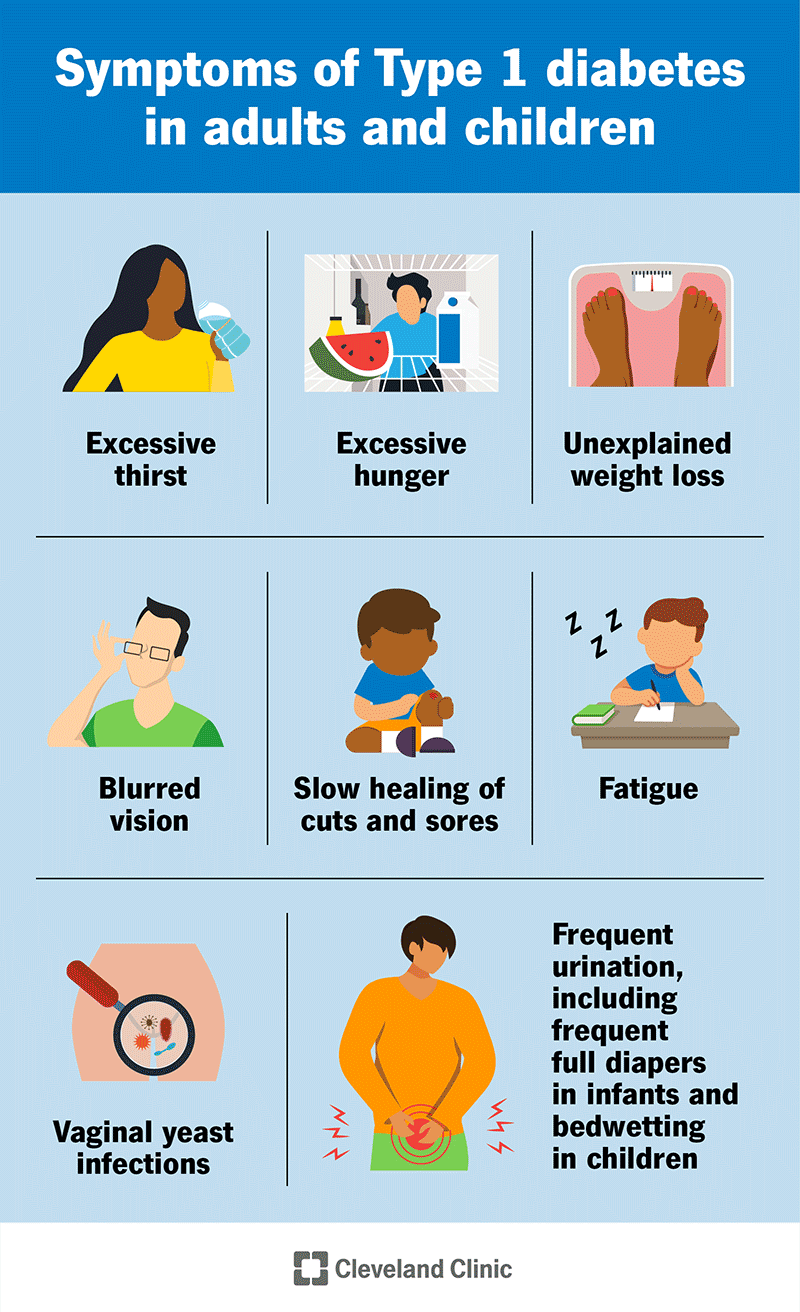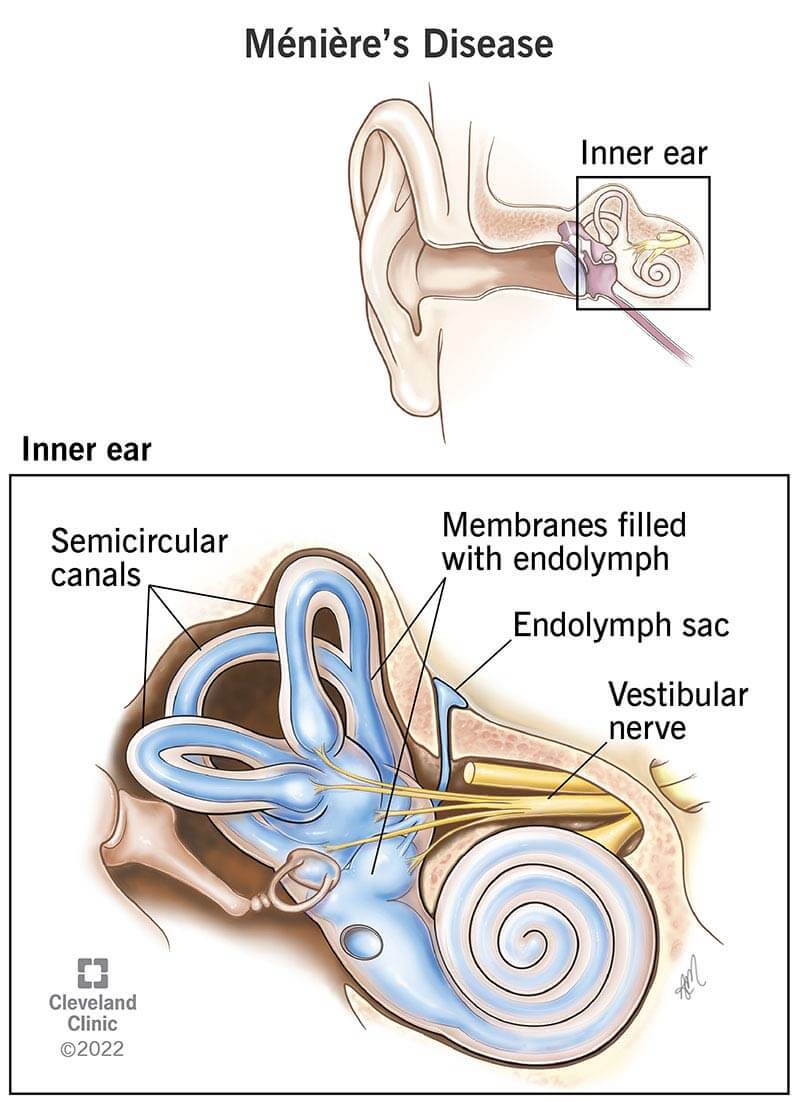A patient presents with a retinal detachment and is being evaluated for appropriate treatment. Which of the following procedures is used to treat retinal detachment by indenting the wall of the eye?
Scleral buckling
Photorefractive keratectomy (PRK)
Vitrectomy
Intravitreal injection
The Correct Answer is A
Choice A Reason:
Scleral buckling is a surgical procedure used to treat retinal detachment by indenting the wall of the eye. This technique involves placing a silicone band (buckle) around the sclera (the white part of the eye) to push the wall of the eye against the detached retina. This helps to reattach the retina and prevent further detachment. Scleral buckling is effective in treating many types of retinal detachments and is a common procedure for this condition.
Choice B Reason:
Photorefractive keratectomy (PRK) is a type of refractive surgery used to correct vision problems such as myopia, hyperopia, and astigmatism. It involves reshaping the cornea using a laser but is not used to treat retinal detachment. PRK does not involve indenting the wall of the eye or addressing issues with the retina.
Choice C Reason:
Vitrectomy is a surgical procedure that involves removing the vitreous gel from the eye to treat various eye conditions, including retinal detachment. While vitrectomy can be used to treat retinal detachment, it does not involve indenting the wall of the eye. Instead, it allows the surgeon to access the retina and perform necessary repairs.
Choice D Reason:
Intravitreal injection involves injecting medication directly into the vitreous cavity of the eye. This procedure is used to treat conditions such as macular degeneration, diabetic retinopathy, and retinal vein occlusion. It is not used to treat retinal detachment by indenting the wall of the eye.
Nursing Test Bank
Naxlex Comprehensive Predictor Exams
Related Questions
Correct Answer is A
Explanation
Choice A Reason:
Testing blood glucose levels every 6 hours during illness is crucial for managing type 1 diabetes. Illness can cause blood glucose levels to fluctuate unpredictably, and frequent monitoring helps in making timely adjustments to insulin doses and dietary intake. This practice helps prevent both hyperglycemia and hypoglycemia, ensuring better overall control of diabetes during periods of illness.
Choice B Reason:
Administering the usual daily dose of insulin is important even during illness. Skipping insulin doses can lead to dangerously high blood glucose levels and increase the risk of diabetic ketoacidosis (DKA). It is essential to continue taking insulin as prescribed and to consult with a healthcare provider if any adjustments are needed based on blood glucose readings.
Choice C Reason:
Limiting juices, soda, and gelatin is not typically recommended during illness for patients with type 1 diabetes. These items can be useful for maintaining hydration and providing quick sources of carbohydrates if the patient is unable to eat solid foods. Instead of limiting these items, it is more important to monitor carbohydrate intake and adjust insulin doses accordingly.
Choice D Reason:
Reporting a blood glucose level greater than 300 is critical for preventing complications. High blood glucose levels can indicate the onset of DKA, a serious condition that requires immediate medical attention. Promptly reporting elevated blood glucose levels allows for timely intervention and management to prevent severe complications.

Correct Answer is B
Explanation
Choice A Reason:
Caffeine-rich beverages are not recommended for patients with Meniere’s disease. Caffeine can exacerbate symptoms such as vertigo and tinnitus by increasing the fluid pressure in the inner ear. Therefore, avoiding caffeine is generally advised to help manage the condition.
Choice B Reason:
A low-sodium diet is an appropriate treatment for Meniere’s disease. Reducing sodium intake helps decrease fluid retention in the body, including the inner ear, which can alleviate symptoms such as vertigo, tinnitus, and hearing loss. This dietary modification is a cornerstone of managing Meniere’s disease and can significantly improve the patient’s quality of life.
Choice C Reason:
High-intensity interval training (HIIT) is not suitable for patients with Meniere’s disease. Intense physical activity can trigger vertigo attacks and worsen balance issues. Patients are generally advised to engage in moderate, low-impact exercises that do not provoke symptoms.
Choice D Reason:
Prolonged bed rest is not an appropriate treatment for Meniere’s disease. While rest may be necessary during acute vertigo attacks, long-term bed rest can lead to deconditioning and other health issues. It is important for patients to maintain a balance between rest and activity to manage their symptoms effectively.

Whether you are a student looking to ace your exams or a practicing nurse seeking to enhance your expertise , our nursing education contents will empower you with the confidence and competence to make a difference in the lives of patients and become a respected leader in the healthcare field.
Visit Naxlex, invest in your future and unlock endless possibilities with our unparalleled nursing education contents today
Report Wrong Answer on the Current Question
Do you disagree with the answer? If yes, what is your expected answer? Explain.
Kindly be descriptive with the issue you are facing.
